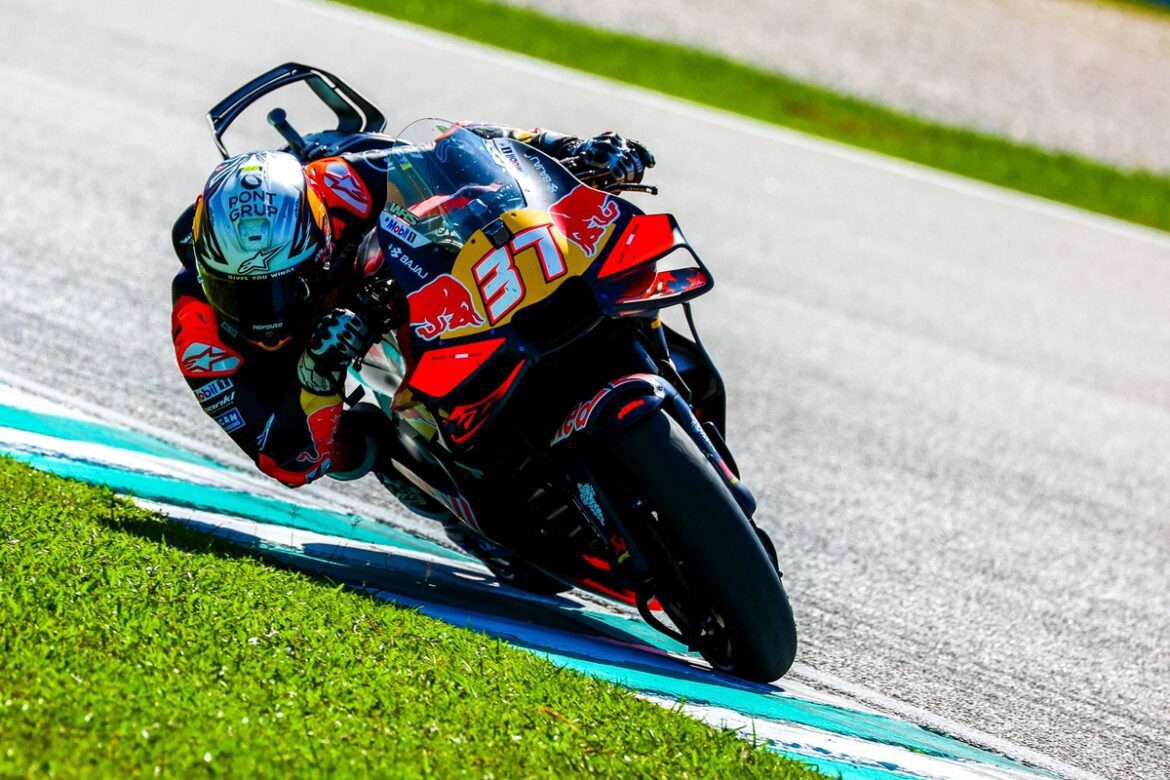Bajaj Auto’s Strategic Restructuring of KTM: A Deep Dive into Corporate Changes
Bajaj Auto, a prominent player in the automotive industry, is embarking on a significant restructuring of KTM, the Austrian motorcycle manufacturer. This move is part of a broader strategy as Bajaj moves toward completing its acquisition of KTM. In this article, we will explore the details surrounding Bajaj’s plans, the implications for KTM, and the broader context of the motorcycle industry.
Workforce Reduction and Cost-Cutting Measures
Bajaj’s managing director, Rajiv Bajaj, has announced a bold initiative to reduce the workforce by more than 50% in various departments at KTM, which encompasses areas like motorsport. This strategic decision comes as the company seeks to streamline operations and cut costs significantly. In an interview, Bajaj elaborated on this plan, stating that the company aims to reduce overheads by over half across several sectors, including research and development (R&D), marketing, operations, and general administration.
The current workforce at KTM has already seen a reduction from 6,000 employees to 4,000, but Bajaj believes that this number remains excessive. Notably, out of the 4,000 employees, approximately 1,000 are blue-collar workers, while the remaining 3,000 are white-collar professionals. This disproportionate ratio raises questions, especially since blue-collar workers are the backbone of motorcycle production.
Bajaj indicated that future changes in production volumes would have a minimal impact on blue-collar workers. The primary focus of the restructuring will be on reducing the expensive white-collar workforce, which has been described as overly bureaucratic. He likened the current situation to the observation made by tech entrepreneur Mark Zuckerberg regarding layers of management that do not contribute to the core work.
Critique of Previous Management
Rajiv Bajaj did not hold back in his critique of KTM’s former management, although he refrained from naming the previous majority shareholder, Stefan Pierer, who he believes played a significant role in the company’s financial troubles. Bajaj expressed his surprise and disappointment at the rapid decline of KTM, noting that the entire industry was caught off guard by the situation.
Reflecting on the lessons learned, Bajaj recalled advice from his management mentor, Dr. John Wallace, who emphasized that corporate greed is a leading cause of business failures. He attributed KTM’s recent struggles to three types of greed: operational, strategic, and governance-related.
Operational Greed
Bajaj pointed to operational greed as a key factor in KTM’s downfall, highlighting the company’s tendency to overproduce motorcycles during a period of declining demand post-COVID-19. As a result, KTM’s distributors and dealers found themselves burdened with excess inventory, which hindered sales and profitability.
Strategic Greed
Additionally, Bajaj criticized KTM’s foray into the bicycle and electric bicycle market, labeling it a form of strategic greed. He argued that companies should remain focused on their core competencies and avoid ventures that dilute their brand and resources.
Governance Greed
Finally, he addressed governance greed, where decisions were made without proper oversight or consultation with minority shareholders. This lack of transparency ultimately contributed to the company’s financial difficulties.
Confidence in New Leadership
Despite the challenges faced by KTM, Rajiv Bajaj expressed optimism regarding the newly established management team. He emphasized that the issues plaguing KTM were not the fault of the majority of employees but rather a result of decisions made by the former top management, most of whom have since departed.
Bajaj is confident that the new team, which consists of both seasoned employees and fresh talent, will effectively steer KTM toward a more sustainable future. He highlighted the strengths of the new leadership, particularly in crucial areas such as product planning, R&D, and legal affairs. The team is almost complete, with only one vacancy remaining to be filled in the coming months.
Capital Infusion and Control
Bajaj Auto has already invested multiple rounds of capital to stabilize KTM’s operations and has effectively gained control over the company. However, formalizing this takeover requires approval from the European Commission, which adds another layer of complexity to the acquisition process. The approval is crucial for Bajaj to solidify its ownership and implement its strategic vision for KTM.
The Broader Context of the Motorcycle Industry
The restructuring of KTM is set against the backdrop of an evolving motorcycle industry. The global motorcycle market has seen significant shifts in consumer preferences, technological advancements, and regulatory challenges. As companies navigate this landscape, the ability to adapt and innovate becomes paramount.
Bajaj’s approach to restructuring KTM reflects a broader trend in the industry, where companies are reevaluating their operations to remain competitive. With the rise of electric vehicles and changing consumer expectations, manufacturers must be agile and responsive to market dynamics.
Conclusion
Bajaj Auto’s strategic restructuring of KTM marks a pivotal moment for the Austrian motorcycle manufacturer as it seeks to overcome recent challenges and emerge as a leaner, more efficient organization. Rajiv Bajaj’s insights into the factors contributing to KTM’s financial troubles shed light on the importance of effective management, operational efficiency, and strategic focus in today’s competitive landscape. As the motorcycle industry continues to evolve, the outcomes of Bajaj’s initiatives at KTM will be closely watched by stakeholders and competitors alike.
